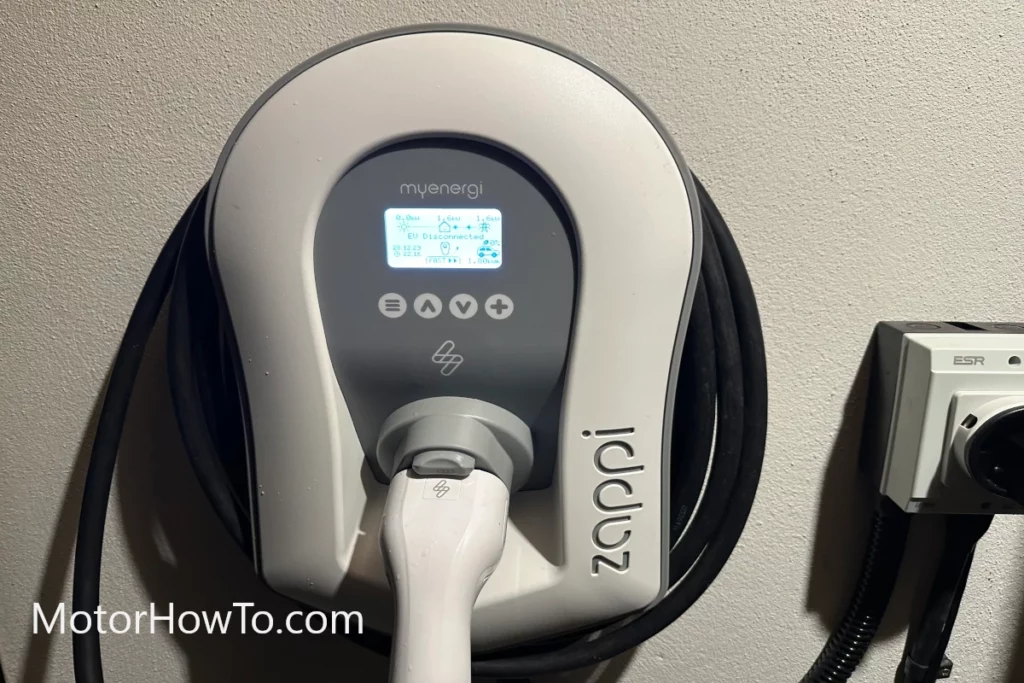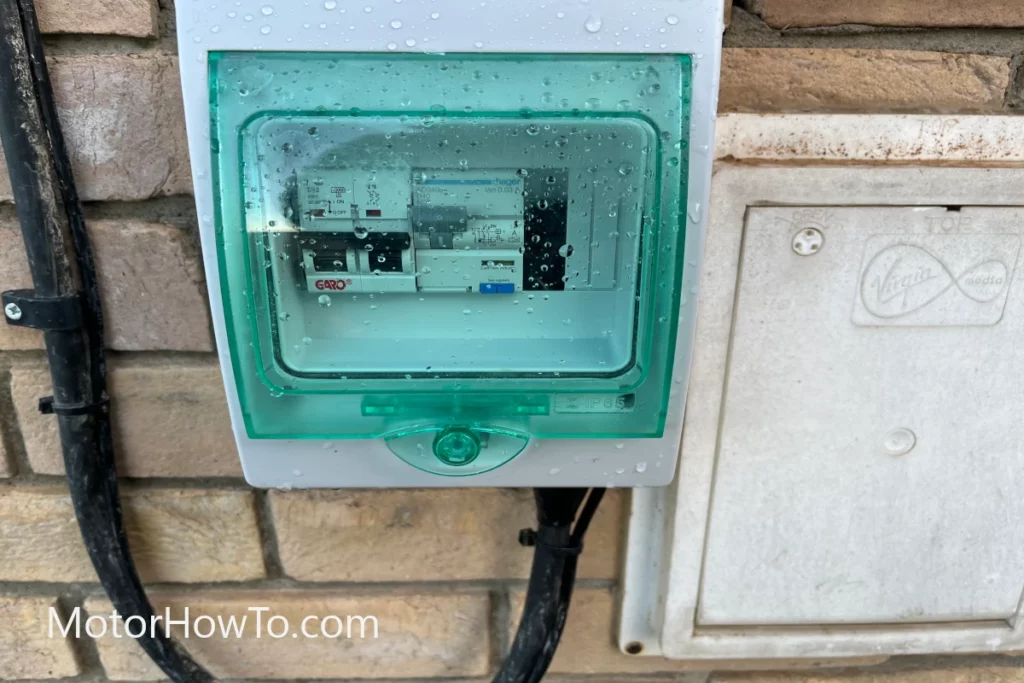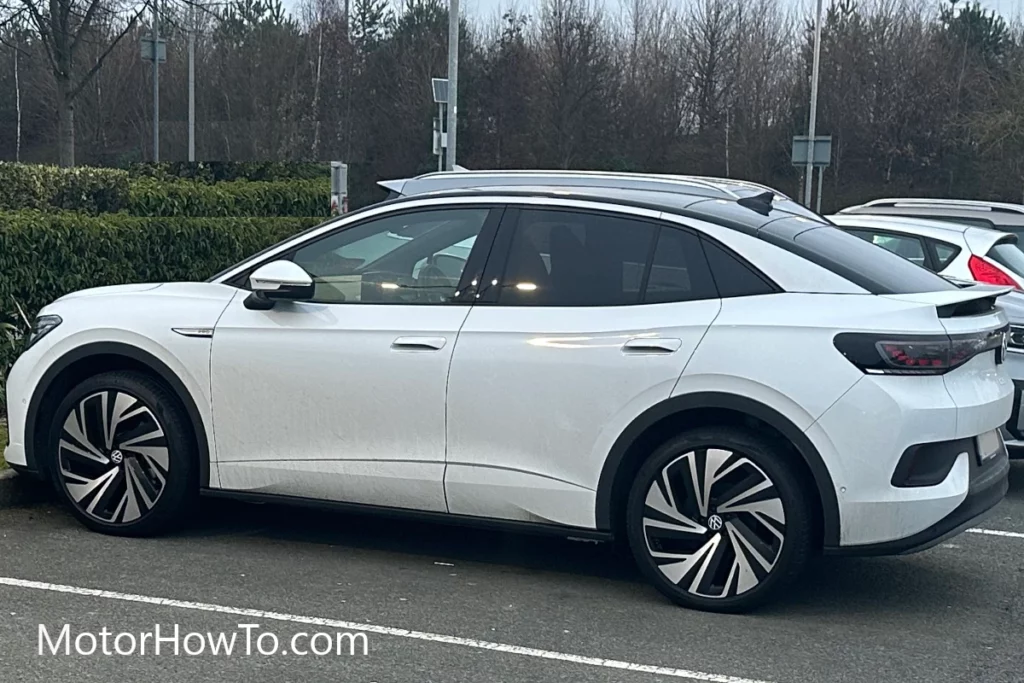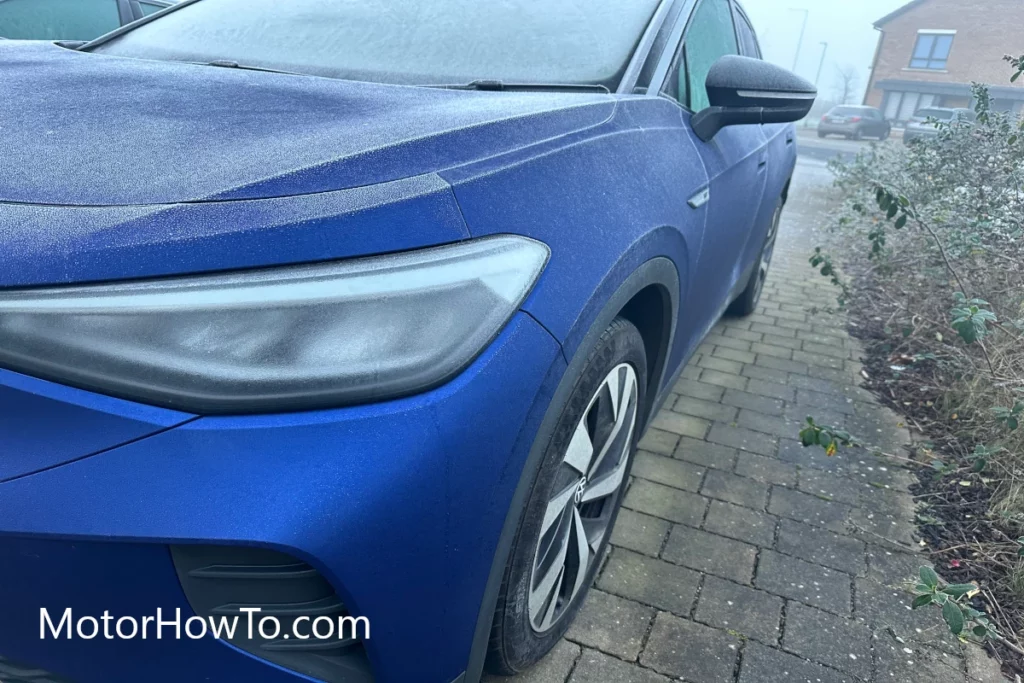Embarking on the journey of electric vehicle (EV) ownership brings new considerations, especially when it comes to keeping your vehicle charged and ready for the road.
For owners of the Volkswagen ID series, this means exploring home charging solutions that blend convenience, efficiency, and compatibility with their unique needs.
To charge a Volkswagen ID at home, install a Level 2 charging station for faster charging. Hire a certified electrician to ensure safe installation. Regularly inspect your charging equipment and follow the manufacturer’s guidelines for optimal performance and longevity.

This guide aims to navigate the intricacies of setting up a home charging station, offering insights and tips to ensure a smooth transition to electric mobility.
Whether you’re a new EV owner or looking to upgrade your current setup, this article is your companion in making an informed decision for a seamless and sustainable driving experience.
Related:
- Exploring the VW ID Range: A Comprehensive Guide to Volkswagen’s Electric Vehicles
- Navigating Common Issues in VW ID Vehicles (Troubleshooting Tips)
- Maximizing Battery Life in Your VW ID (Maintenance and Care Tips)
Selecting the Right Home Charging Station for Your VW ID
Before selecting a home charging station for your Volkswagen ID, it’s essential to assess your daily driving habits and charging needs.
Consider how many miles you drive regularly and how often you must charge. This will help you determine the charger’s power output and speed best suits your lifestyle.
Level 1 vs. Level 2 Charging Stations for VW ID
Level 1 Charging

This basic charging option uses a standard household outlet 120V AC in the USA (240V AC in UK).
It’s slower and typically adds about 2 to 5 miles of range per hour of charging. Suitable for overnight charging or if you drive minimal distances.
Level 2 Charging

A more advanced option, requiring a 240V AC outlet with 7kW power.
It’s significantly faster, offering about 10 to 60 miles of range per hour, depending on the charger power output.
It is ideal for those needing quicker, more efficient charging.
Compatibility and Features
Ensure the home charging station (Type 1 or Type 2) is compatible with the Volkswagen ID series.
Look for features like adjustable amperage, a convenient long charging cable, and smart charging capabilities that allow you to control and monitor charging through a smartphone app.
Installation Requirements

Consider the installation requirements. Level 2 chargers often need professional installation by a certified electrician to handle the higher voltage. Check for any electrical upgrades needed in your home and factor these into your budget.
Cost and Incentives
Finally, consider the cost, which depends on the charger’s features and installation requirements.
Explore potential incentives and rebates offered by local governments or utility companies, which can significantly offset the initial investment.
Selecting the right home charging station involves balancing your charging needs with the features and costs of available options, ensuring a convenient and efficient charging experience for your Volkswagen ID.
Step-by-Step Installation Process for Home Chargers
Installing a home charger for your electric vehicle (EV) is critical in ensuring a seamless and efficient driving experience. While the process might seem daunting, it can be straightforward and rewarding with the right preparation and guidance. The installation not only adds convenience to your daily routine but also enhances the overall value of your EV, such as the Volkswagen ID series. Here is a step-by-step guide to help you through the process:
- Choose the Right Location: Select a spot near your EV park, ensuring it’s easily accessible and the charging cable can reach your vehicle.
- Hire a Qualified Electrician: Engage a certified electrician with EV charger installation experience. They can assess your home’s electrical system and ensure everything is up to code.
- Check for Necessary Permits: In some areas, you might need permits for the installation. Your electrician can usually help with this process.
- Prepare the Site: Ensure the selected area is ready for installation, which might involve minor construction or electrical upgrades.
- Install the Charging Station: The electrician will install the charger, connect it to the power supply, and ensure it’s functioning correctly.
- Final Inspection and Testing: A final inspection might be required by local authorities after installation. Test the charger with your EV to confirm it’s working properly.
Once the installation is complete, you’ll have a convenient and efficient way to charge your Volkswagen ID at home. Regular maintenance checks and staying updated with any software updates for smart chargers are recommended to ensure long-term functionality and safety. With your home charging station now in place, you can enjoy the full benefits of EV ownership with greater ease and confidence.
Maintenance and Safety Tips for Your Home Charging Setup

Maintaining your home charging setup is crucial to ensure safety and prolong the lifespan of the equipment.
Here are some key maintenance and safety tips:
- Regular Inspections: Periodically inspect your charging station for any signs of wear and tear, such as frayed cables, loose connections, or damage to the unit. Promptly address any issues to prevent safety hazards.
- Keep it Clean: Dust and debris can accumulate on your charging station, potentially causing overheating or malfunctions. Regularly clean the unit, but avoid using harsh chemicals or water, which could damage the electrical components.
- Check for Software Updates: Regularly check for and install software updates if your charging station is equipped with smart technology. These updates can improve functionality and ensure your charger operates efficiently.
- Pin Protect Charging Unit: Make sure you have the charging unit pin protected so any random person won’t be able to use your charger.
- Follow Manufacturer’s Guidelines: Adhere to the manufacturer’s instructions for use and maintenance. This includes recommended practices for plugging and unplugging your vehicle and guidelines for optimal charging conditions.
- Avoid Overloading Circuits: Ensure that the addition of your charging station does not overload your home’s electrical system. This might involve consulting an electrician to assess your home’s electrical capacity.
- Weatherproofing: If your charger is outdoors, ensure it is adequately weatherproofed (IP65 rating) and protected from extreme weather conditions, such as heavy rain, snow, or intense heat.
- Emergency Procedures: Familiarize yourself with the emergency shut-off procedure for your charging station. Knowing how to quickly and safely power down the unit with an isolation switch is essential in an emergency.
Following these maintenance and safety tips ensures that your home charging setup for your Volkswagen ID remains a reliable and safe component of your electric vehicle experience.
Navigating Incentives and Rebates for EV Home Charging Systems
The transition to electric vehicles (EVs) is increasingly supported by various incentives and rebates, particularly for home charging systems.
These financial benefits can significantly reduce the cost of installing and operating a home charger, making it an even more attractive option for Volkswagen ID owners.
Navigating these incentives and rebates can seem complex, but understanding them can lead to substantial savings and benefits.
Understanding Government Incentives
Many governments offer incentives to encourage EV adoption. These can include tax credits, rebates, or grants for purchasing and installing EV charging equipment.
The specifics vary by location, so it’s essential to research the incentives available in your area.
Government websites or local energy agencies can provide the most up-to-date and relevant information.
Utility Company Programs
Some utility companies offer rebates or special rates for EV owners.
These programs might include reduced tariffs for electricity used during off-peak hours, making EV charging more cost-effective.
Additionally, some utilities provide direct rebates on purchasing and installing home charging stations.
Local and State Rebates
Apart from federal incentives, many states and municipalities have their rebate programs.
These can often be combined with federal incentives, leading to greater savings.
State energy offices or local EV organizations are excellent resources for discovering what’s available in your region.
Manufacturer and Dealer Incentives
Some EV manufacturers and dealers offer incentives or partnerships with charging station providers.
When purchasing your Volkswagen ID, inquire about any partnerships or promotions available for home charging solutions.
Applying for Incentives
Once you’ve identified the available incentives, the next step is to apply.
This process can vary, but it usually involves providing proof of purchase and installation. Ensure you keep all relevant receipts and documentation.
Some incentives require the installation to be performed by certified professionals, so keep this in mind when planning your installation.
Navigating the world of incentives and rebates for EV home charging systems can result in significant savings and benefits for Volkswagen ID owners.
By doing thorough research and understanding the various options available, you can maximize your home charging setup’s financial and environmental benefits.
Sources
Understanding the what, where and why of electric vehicle charging



